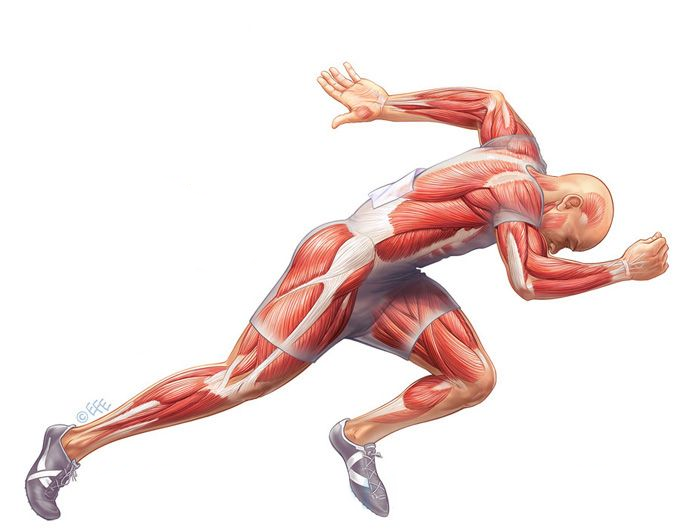
In last week’s post I spoke about the importance of understanding Kinesiology and this week I wanted to discuss an underlying skillset to becoming highly proficient in Kinesiology, that of having a good grasp of Anatomy.
When I talk about Anatomy, I mean specifically the position and placement of the muscles (and associated tendons).
In Fitness Cert III/Cert IV courses there is a focus on learning a multitude of muscles and their origins and insertions, often digging deeply into distal limb anatomy which is quite complex (eg 4 layers of muscle in the forearm).
From a practical perspective, when is a PT/coach going to need to know where the origin/insertion of the Flexor Hallucis longus is in the lower limb? Or flexor pollicis longus in the forearm?
Dealing with newly minted PT’s every week I see two main problems:
1. Those PT’s who do their accreditation online typically have almost no practical understanding of anatomy and typically can’t identify any more than major muscle groups (eg quads, hammies, pecs, etc).
2. These PT’s also don’t understand joint movements (eg flexion, extension, etc) and certainly do not know which muscles cause which joint movements.
It is impossible for someone without these skills to be able to create a customised program – what they rely on is the rote learning of:
- To train the pecs do bench press, etc
- To train the back do lat pulldowns etc.
They don’’t know why these muscles are trained doing these exercises, they just learn this from a table of exercises.
In my opinion, the fastest way of developing the skillset to become an effective PT is to firstly understand just the major muscle groups and what joint movements they create.
Learning origins and insertions is just not required, it is a large amount of information that doesn’t really help practically and so should be avoided until the PT has a solid grasp of their basic anatomy and practical application of this anatomy to the client and exercise environment.
EXAMPLES OF HOW UNDERSTANDING BASIC ANATOMY CAN ASSIST WITH EXERCISE PRESCRIPTION
- Understanding the role of the gluteus medius (external rotator) can assist a PT in prescribing exercises to limit the knee valgus that a client might display during squats or lunges.
- Understanding the role the hip flexors play (and their attachment on the lumbar spine) can assist in better understanding how incorrectly prescribed core exercises can exacerbate low back issues when performing core training, not alleviate them.
- Understanding the joint movements created by the pectoralis major & why the powerlifting bench press position (arched lower back) activates not only the sternal portion of pectoralis major but also the latissimus dorsi (back muscle group!) because the shoulder joint movement becomes more of an adduction which activates both opposing muscle groups.
- Having a basic understanding of shoulder joint anatomy can assist in determining why there is discomfort when the client tries to press a weight above their head (they have an impingement that is being caused by the biceps or supraspinatus being “pinched” during any shoulder abduction movement).
The same issue with skeletal anatomy occurs with that of muscular anatomy, the PT is expected to learn a range of landmarks that in 99% of cases will never be used in a real life situation – so why teach it in the first place, why not spend the time ensuring the student PT fully grasps the role of muscle and joint movements throughout the body.
SUMMARY:
- As an aspiring PT – ensure you learn all the major muscle groups, and what joint movements take place when they contract.
- Don’t worry about muscle origins and insertions – just ensure you know where the muscle is situated.
- As with muscle anatomy, don’t worry about bony landmarks within the skeleton – just ensure you know the major bones (and what muscles attach to these bones).


